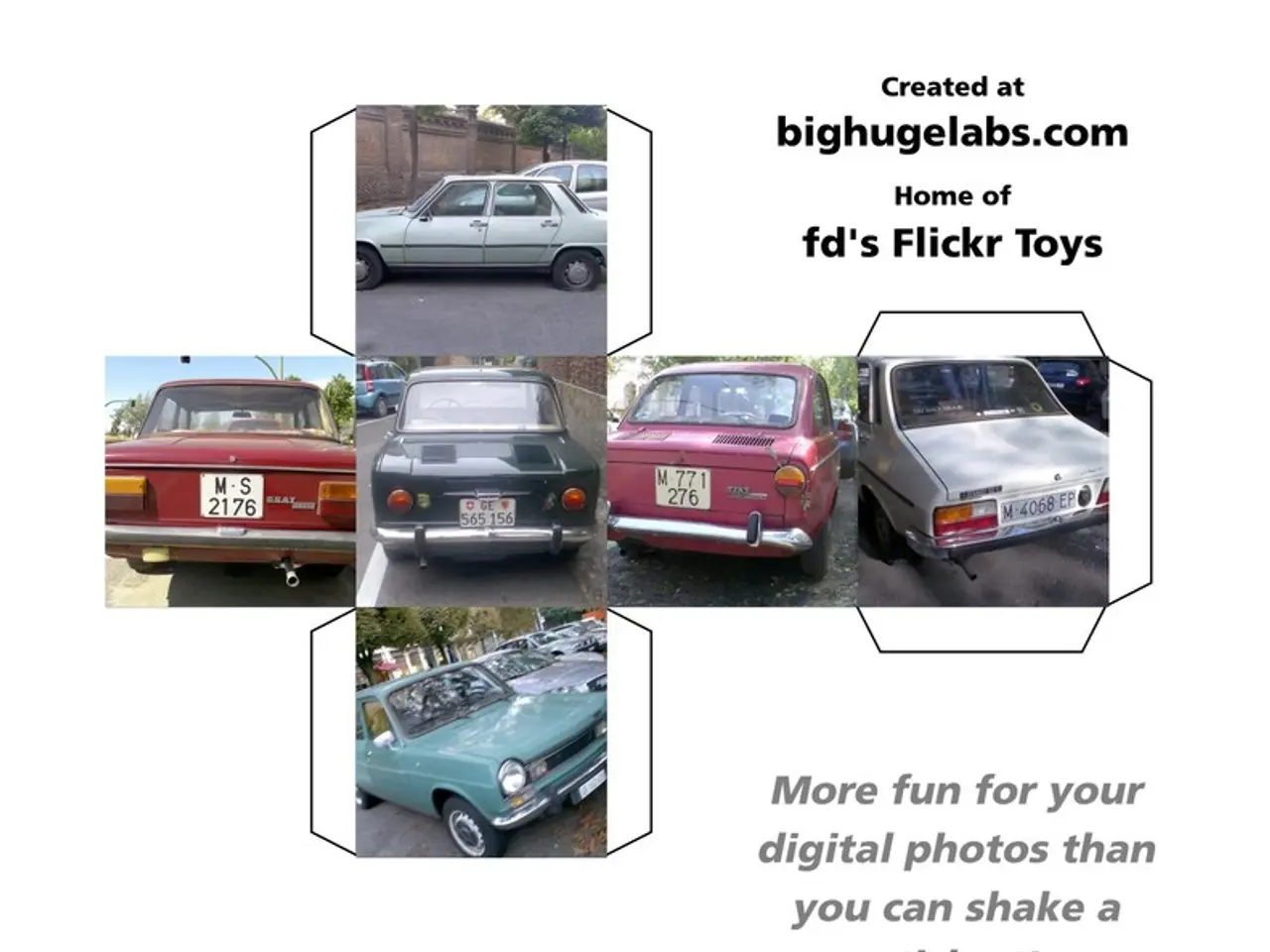Research on Two-Way Demand Factors: Catalysts and Obstacles
The electric vehicle (EV) market is witnessing a surge in interest, with new customer groups entering the fray. This growth extends to energy suppliers, car dealers, vehicle manufacturers, and energy service providers, all vying for a place as preferred providers. One promising development within this expanding landscape is bidirectional charging (V2H), which allows EVs to feed power back into the home network.
A recent study by market research firm UScale reveals an intensifying industry preparation for corresponding offers, as the market for V2H and bidirectional charging becomes increasingly diverse. The findings indicate that a majority of respondents are willing to invest up to 1,500 euros in the necessary wall box and car technology for V2H, provided it is economically viable.
However, the rollout of e-mobility is sluggish, according to Axel Sprenger of UScale. The utilisation of charging infrastructure and the pressure on providers are indicative of this. Sprenger suggests that providers must develop tariffs with real added value to strengthen both utilisation and customer loyalty in the e-mobility market.
Despite the interest in bidirectional charging, there are several challenges that need to be addressed for widespread adoption.
Battery Degradation Concerns ----------------------------
Although recent research indicates minimal impact on battery life with properly managed bidirectional charging, concerns persist among manufacturers and users. Some vehicle warranties do not cover damage related to Vehicle-to-Grid (V2G) usage, especially in commercial applications, limiting user confidence and adoption.
Limited Vehicle Compatibility ------------------------------
Presently, widespread bidirectional charging is mostly limited to CHAdeMO-equipped vehicles, mainly certain Nissan models. This constrains the market since CHAdeMO is declining relative to the more prevalent CCS connector, which is only beginning to support bidirectional charging through evolving standards like ISO 15118. Full market expansion depends on broader ISO 15118 adoption and manufacturer support, which is still uncertain and developing.
Infrastructure and Grid Integration ------------------------------------
The deployment of bidirectional charging systems requires upgrades to electrical systems, especially in older buildings with limited capacity. Additionally, grid connection approval processes are bureaucratic and slow, creating delays and adding costs. Regulatory standards and safety protocols for injecting energy back into the grid are still evolving, creating further uncertainty.
Regulatory and Standards Uncertainty -------------------------------------
Technical standards for communication and safety are still emerging or in flux. This generates market hesitation as manufacturers and service providers await clear and stable regulatory frameworks. Energy markets themselves need restructuring to accommodate small-scale energy providers like EV owners.
High Cost of Technology ------------------------
Bidirectional chargers and the necessary bidirectional energy converters remain expensive, which can deter investment and slow market growth. This economic barrier is significant given that these units must replace or supplement existing unidirectional chargers.
Potential Financial Incentives -------------------------------
1. Government Support and Policy Incentives
There is growing government interest worldwide in supporting vehicle electrification and clean energy integration, which translates to subsidies, tax credits, or rebates for bidirectional charger installation and V2G participation. These incentives are driven by net-zero emission goals and renewable energy adoption policies.
2. Savings Through Energy Management
Bidirectional charging enables EV owners to sell stored energy back to the grid during peak demand periods, potentially reducing electricity bills or generating revenue. This capability can be financially attractive when energy prices are volatile or when pairing with home solar systems.
3. Grid Services Revenue
Markets are evolving to allow aggregated EV fleets to provide grid services (e.g., frequency regulation, demand response). Participation may offer new income streams to EV owners and fleet operators through energy trading arrangements.
4. Lower Total Cost of Ownership
Over time, the integration of bidirectional charging technologies is expected to lower the total cost of EV ownership by reducing energy costs and contributing to grid stability, enhancing the value proposition of EVs.
In conclusion, while bidirectional charging technology holds great promise for integrating EVs into energy systems and providing financial benefits to users and grids, its current adoption is restrained by technical, regulatory, and cost challenges that industry players and governments are actively working to address. The market outlook remains positive with expected growth driven by evolving standards, expanding vehicle compatibility, and supportive public policies.
- As the investigation by market research firm UScale shows, there is an increasing interest in bidirectional charging (V2H) and the related technology, with many customers willing to spend up to 1,500 euros for the necessary equipment, given its economic viability.
- However, the widespread adoption of bidirectional charging faces several challenges, such as battery degradation concerns, limited vehicle compatibility, infrastructure and grid integration issues, regulatory and standards uncertainty, high cost of technology, as well as the current lack of clear, stable regulatory frameworks and support from manufacturers.



